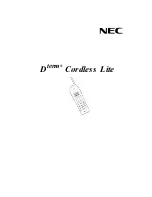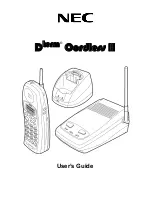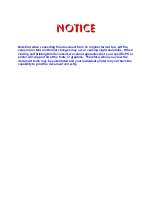
Personalizing Your Phone
68
eu
d
-0
83
0/
2.
0
—
I7
.6
—
0
8.
20
07
Formulating Functions
This section explains how to activate an individual function, for example call forwarding uncondi-
tional, with the aid of function commands and how to assign it to a key.
n
Function Commands
You can use function commands to define a function to suit your personal requirements. A
function can consist of one or more function commands, function codes, and the phone
number. You can either carry out a function directly or store it under a function key (select
con-
figurable
function).
Tab. 1
The following function commands are available:
Tab. 2
Examples of how to define a function:
"A"
Seize line with highest priority
"I"
Seize line
"X"
Disconnect
"P"
Pause 1 second before the next operation
"Lxx"
Seize line xx (Line keys)
"N"
Use the phone number entered in call preparation
"."
Control key function (up-circuit system)
"Z"
Activate/deactivate DTMF mode
"R"
Use the phone number last dialled
"Y"
Disconnect and reseize the line.
"IR"
Seize line ("I"),
dial phone number last dialled ("R")
"I201"
Seize line ("I") and dial phone number 201
"I*21201X"
Seize line ("I"),
activate call forwarding unconditional ("*21") to phone number 201,
disconnect ("X")
Notes:
• Text mode has to be activated before you can enter function commands.
• Functions that are not available via the menu can be activated using */# pro-
cedures (see "User’s Guide */# Procedures as of I7.1") .
• You can either type in a */# procedure directly or store it under a key.
• You can only activate certain */# procedures if the same function cannot be
obtained via the menu.
• The availability of certain */# procedures may be restricted depending on the
system and software version.
• A list of all */# procedures are can be found at
http://www.aastra.com/doc-
finder
("User’s Guide */# Procedures as of I7.1").
eud-0830_en.book Page 68 Monday, August 13, 2007 3:01 PM
















































